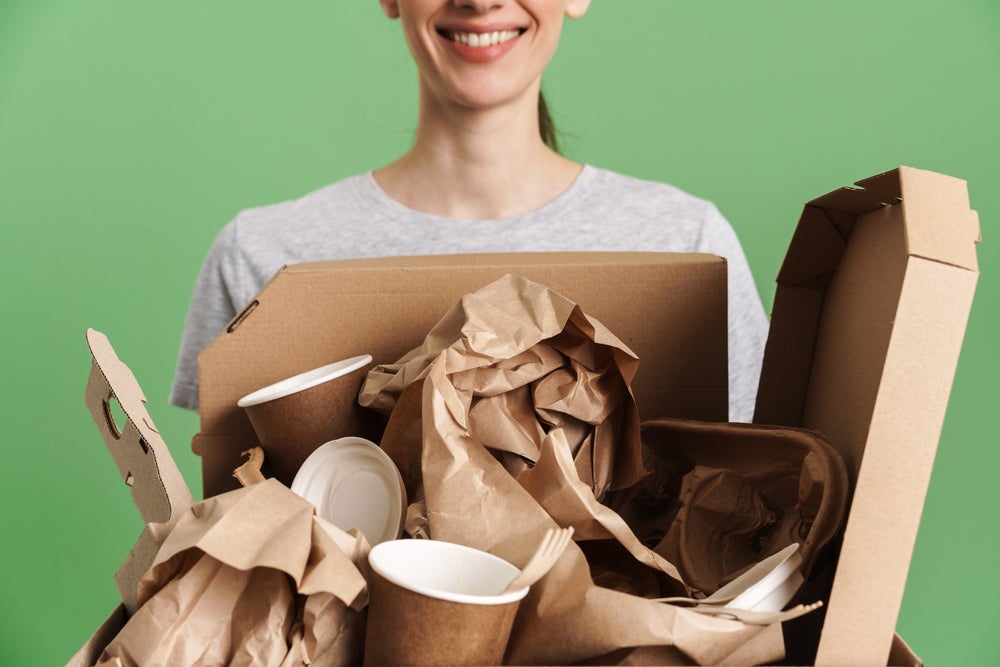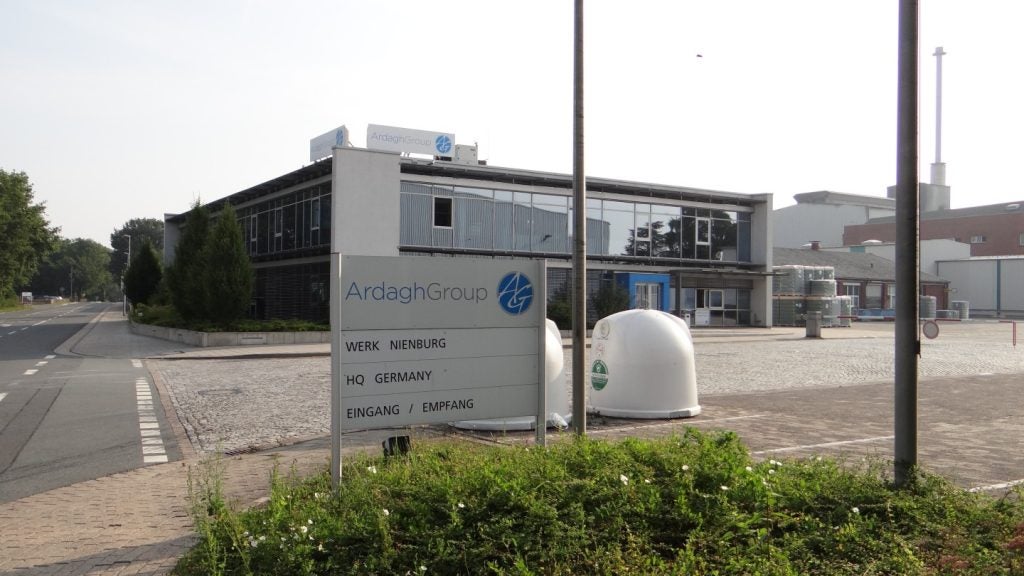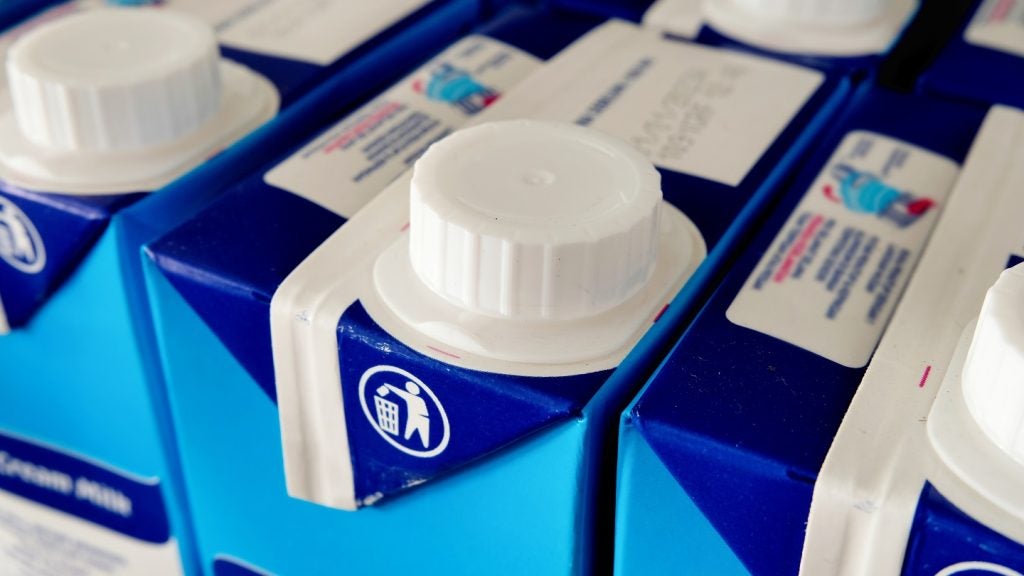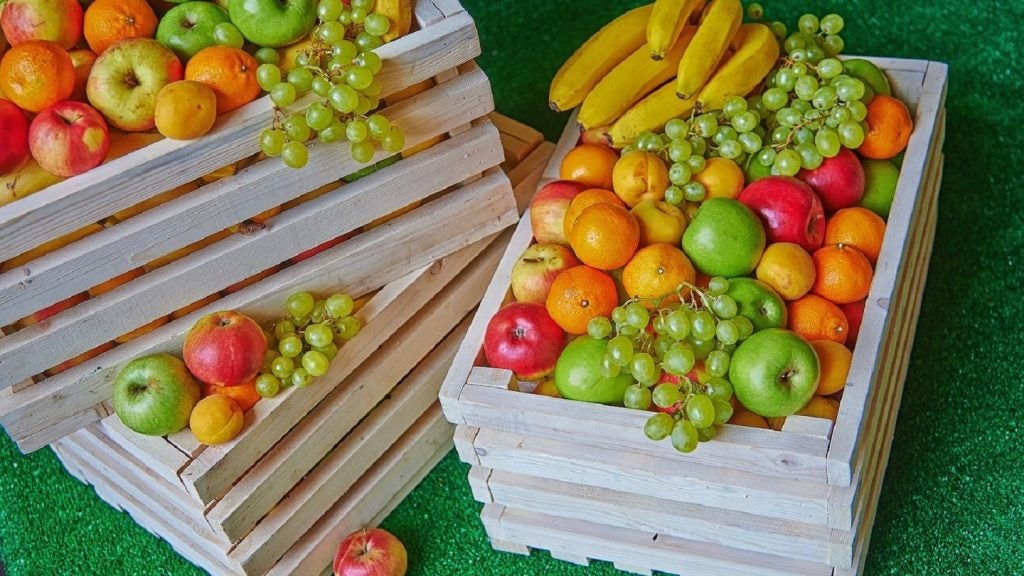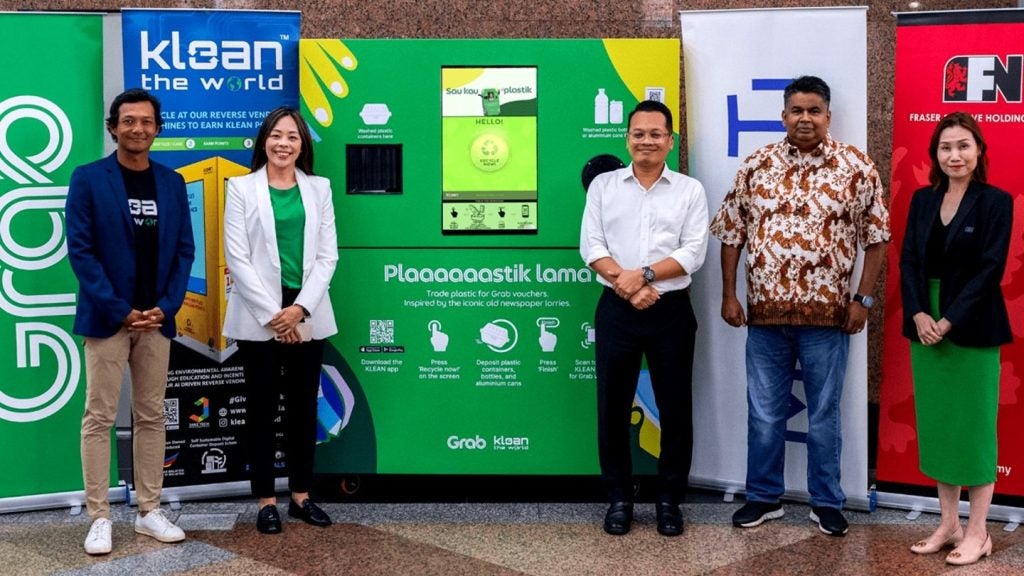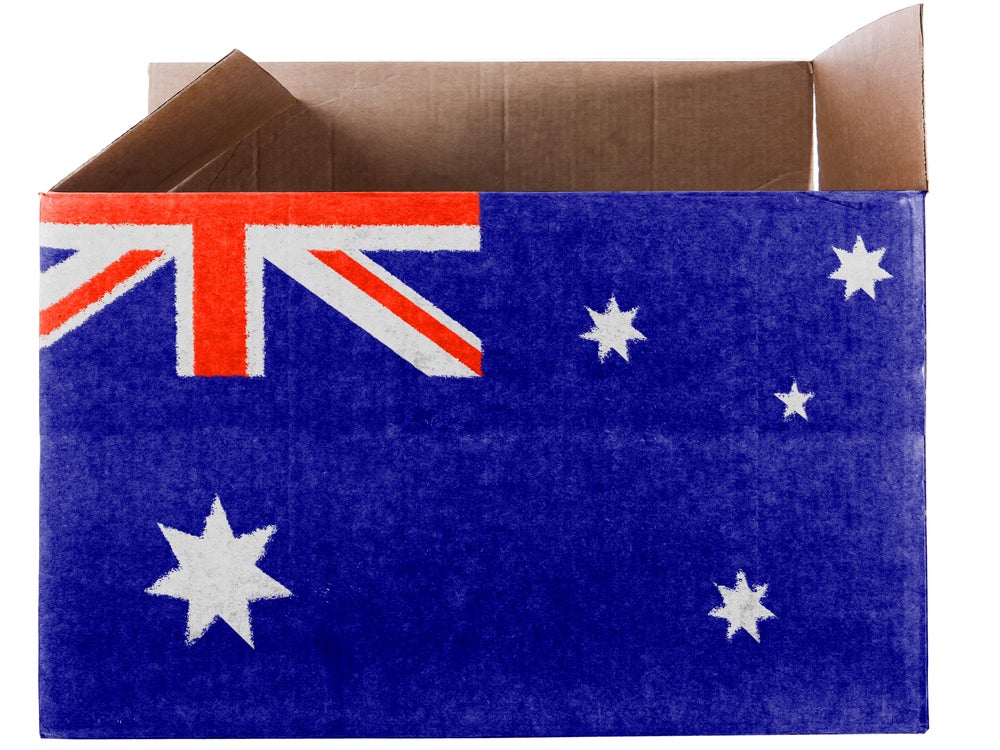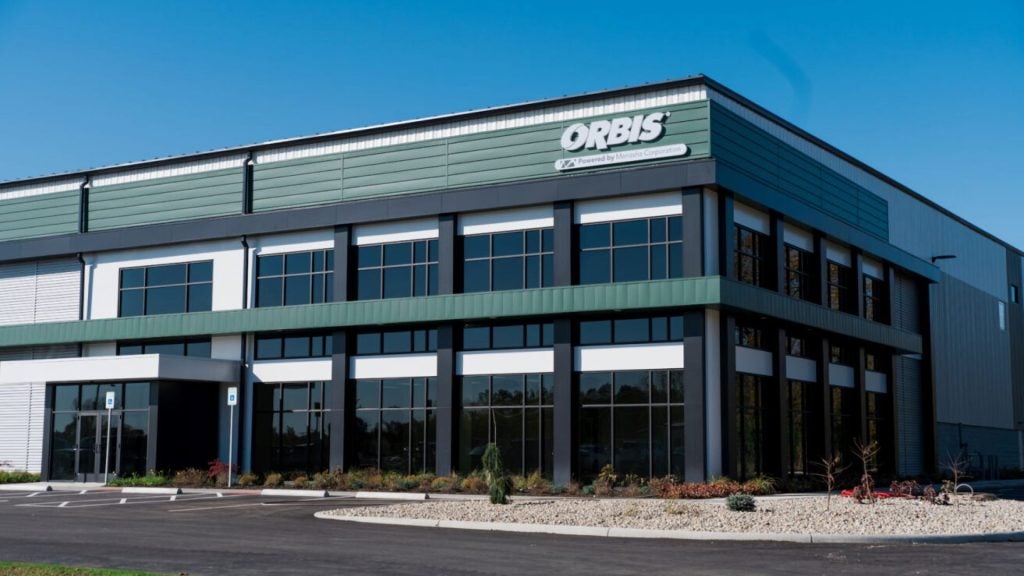Research by the US Paper and Packaging Board (P+PB) paints a positive picture of US consumers' paper recycling practices.
The organisation surveyed 2,400 adults across the country, finding that 66% believe recycling paper is worth their time and 60% find it easy to do.
Only 14% of people think recycling paper is a “hassle” and 14% also think the process of recycling paper as well as paper packaging is confusing, indicating more widespread understanding and acceptance of recycling practices.
Although recycling is more accepted, earlier P+PB studies show that consumers still need help remembering best practices and reminders about what can and cannot be recycled. Consumers should check local guidelines to confirm this, as rules can vary by location and are frequently updated.
US-based paper companies reportedly work with private forest land landowners to grow and maintain forests at a rate nearly double the volume needed to make paper, packaging and boxes. Recycling can curb the waste caused by this.
P+PB president Mary Anne Hansan commented: “Since paper and paper packaging can be recycled up to seven times and are sourced from trees — a renewable resource - the abundance of paper during the holidays makes it a great time to build better recycling habits for families.”
Focusing on the 2023 holiday season, the organisation has offered advice to consumers on ways to recycle and reuse paper-based products, including choosing cards and wrapping paper without glitter and turning cardboard boxes into recycling bins, game boards or forts.
P+PB has also issued a reminder that the following items can be recycled: notebooks, catalogues, phone books, receipts (without thermal coatings), mail, envelopes (even those with windows), coupons, stationery, cartons and magazines.
The NextGen Consortium recently proposed a plan for paper cup recycling in the US, with a need for more cities to accept paper cups in their recovery systems.


